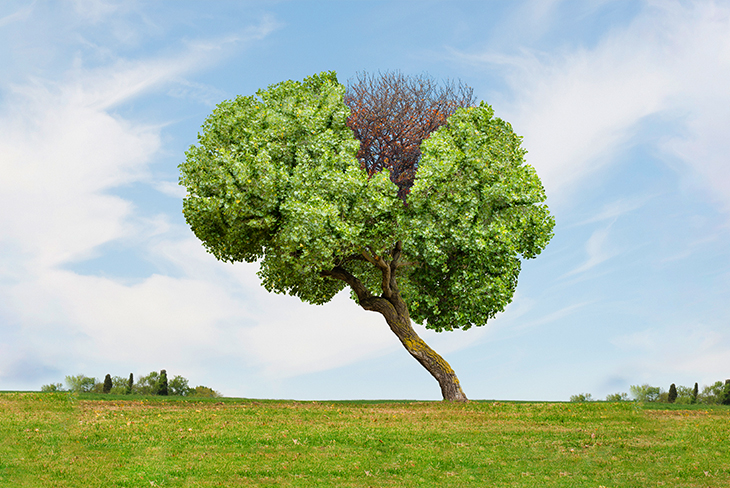Finding a way forward after a stroke

Living with a disability is a common challenge for survivors, but through rehabilitation, it’s possible to improve function and mobility.
In the time it takes to watch an average TV series, 10 people in South Africa suffer a stroke. This hourly statistic is shocking, but fortunately strokes aren’t always fatal. Early assistance and medical advances mean that many sufferers can expect to make a recovery, though life may not be exactly the same as before.
It happens in the brain
Numbness and slurred speech may mimic a muscular condition, but when you have suffered a stroke, it indicates an injury within the brain, with the signs and symptoms confirming the damage. According to the Heart and Stroke Foundation South Africa, a stroke happens when blood supply to the brain is interrupted, causing a deficiency in the oxygen-rich blood it needs to function optimally (this may also occur due to a brain haemorrhage). The areas of the brain affected by this lack of oxygen supply either become damaged or die. Senior occupational therapist Bronwyn de Jager, from the Life Rehabilitation Unit at Life Riverfield Lodge, explains how this impacts daily life for survivors.
‘The most common challenge our stroke patients face is the loss of independence, from the basic “hop out of bed and get ready for your day” to the possibility of not being able to return to work and resume driving. Another challenge is the loss of movement on one side of the body.’
Getting medical help speedily after a stroke can help mitigate some of the consequences. Each focusing on different areas of recovery and rehabilitation, a team of medical professionals can help patients regain some of their previous strength, mobility and functioning.
Often the changes they need to adjust to are significant. ‘Stroke is the second leading cause of disability worldwide,’ says Pary Kazantzas, a speech and language therapist at the Life Rehabilitation Unit at Life New Kensington Clinic. ‘As many as 60% of the survivors remain disabled to varying degrees and experience a range of challenges in all areas of life. These are further impacted by the fact that having a stroke is sudden, giving no chance to the patient or their family to adjust.’
Finding new strength
Carina Basset, a physiotherapist at the Life Rehabilitation Unit at Life St Dominic’s Hospital, says it’s possible for a patient to reintegrate into their community and home environment.
With encouragement from family and friends and support groups, and the help of an interdisciplinary team approach from medical professionals, stroke survivors can work their way towards a good quality of life again. ‘Recovery can take up to 18 months,’ she says. ‘Exercise, repetition and consistency are important, so be patient, work hard and try to have a positive attitude.’
Stroke first aid
Look out for the following:
1. Face drooping
Ask the person to show their teeth or smile. Is one side of the face drooping?
2. Arm weakness
Get them to lift up both arms. Is one arm weaker than the other?
3. Speech difficulty
Ask them to repeat a short sentence. Is their speech slurred?
4. Time to call for help
Call emergency medical services immediately for urgent assistance
The information is shared on condition that readers will make their own determination, including seeking advice from a healthcare professional. E&OE. Life Healthcare Group Ltd does not accept any responsibility for any loss or damage suffered by the reader as a result of the information provided.

